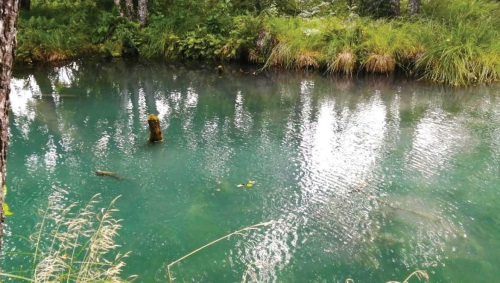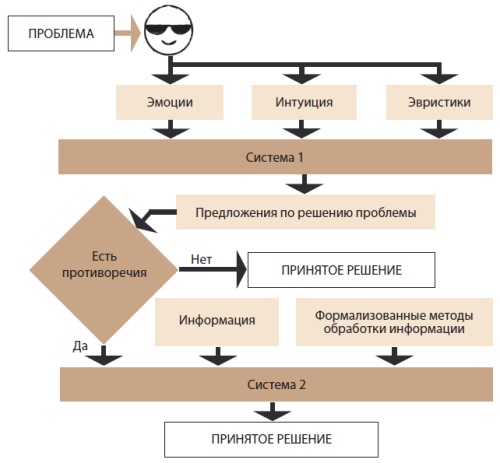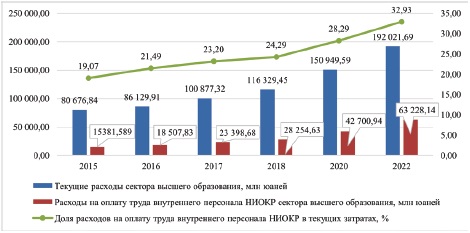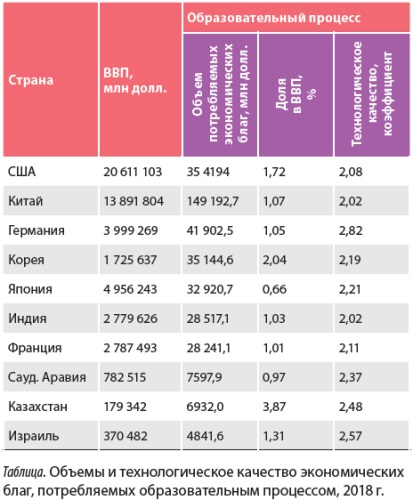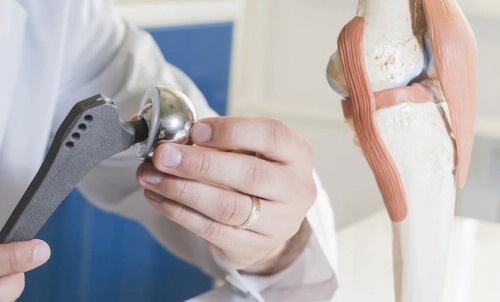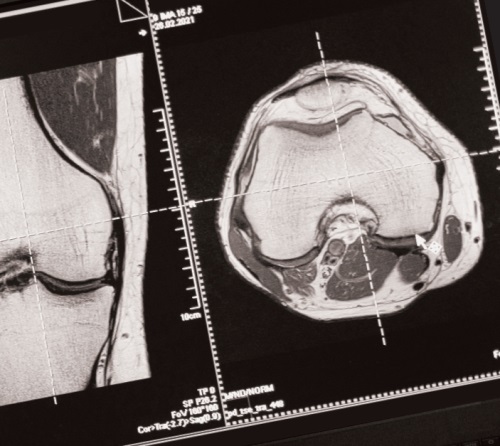ТЕМА НОМЕРА: РОДНИКОВАЯ ЭКОСИСТЕМА
Based on the results of a comprehensive analysis of water resources in our country, there is shown the need to expand the recreational potential of water bodies in the republic.
The authors present the unique spring ecosystems that need care and protection due to hydrochemical pollution and crenobiont fauna.
The article examines the diversity of natural conditions and the historically formed hydrogeographical network in terms of the springs distribution across the territory of the Brest region. The updated tasks of their protection, rational use and monitoring of the state are given.
The article deals with the veneration of springs on Belarusian soil and mythological ideas about the extraordinary properties of this water body.
ЭКОНОМИКА КАЧЕСТВА
The author examines modern trends in the development of quality economics that have formed over the past two decades.
INNOVATION ECONOMY
The features and advantages of a hackathon as a new mechanism for stimulating innovative solutions to social problems are considered. It is proposed to use it for the purposes of interaction between large enterprises and small and medium-sized businesses.
ТЕХНОЛОГИИ УПРАВЛЕНИЯ
The author identifies the factors showing the influence of emotions and intuition on people's decision-making, including management decisions.
ТРЕНДЫ РАЗВИТИЯ
Based on the latest studies, the potential problems associated with the massive introduction of electric transport in different countries are analyzed in detail. Their reasons are identified, directions for resolving controversial issues are outlined, and the need for continuing multidisciplinary research is emphasized.
КИТАЙ – МОДЕЛЬ УСПЕХА
The article analyzes the state policy of the People's Republic of China on the development of research and innovation activities of institutions of higher education. The key principles of the higher education reform policy in the country are identified. The features of strategic initiatives for the development of leading national universities are identified. An assessment of the research activities of universities has been carried out. It is established that the implementation of initiatives in the field of higher education has expanded the opportunities and increased the role of universities in the national innovation system of China. Based on the results of the study, national approaches to increasing the potential of universities in the development of research and innovation activities are summarized. In the context of adapting the Chinese experience, recommendations have been developed to ensure the systematic development of the scientific and scientific-technical sphere of the Republic of Belarus in order to increase the competitiveness of the national economy.
АРХИТЕКТУРА ВЫСШЕЙ ШКОЛЫ
In modern conditions, the economic influence of a country largely depends on the level of technologies consumed and reproduced in its economy. Therefore, among the characteristics determining the quality of the educational socio-economic process, the technical and technological component is of particular importance, which is characterized by two aspects: the use of various technical means and technologies in the educational process and the technological level of different economic activity types in which skilled personnel is employed. For quantitative measurement and then analysis of this phenomenon, the author proposes such indicators as "technological quality of the economic goods consumed by the educational process" and "technological quality of consumption of products created in the educational process", as well as the methods for their calculation based on available statistical data. A comparison of the proposed indicators for a number of countries is provided.
ПРИРОДОПОЛЬЗОВАНИЕ
The article presents the results of monitoring the condition of coastal protection structures used in reservoirs in Belarus. The most common types of shore and slope stabilization of each type are determined for comparative analysis and economic efficiency. Based on laboratory and field studies and experiments, the possibility of using the effect of the emergence of artificial self-blind area from gravel particles is shown. A comprehensive engineering and economic assessment of various types of coastal The article presents the results of monitoring the condition of coastal protection structures protection structures operated in Belarus on a number of water bodies was carried out on the basis of the proposed empirical complex indicator – the coefficient of structural efficiency of stabilization (keff), which takes into account its condition at a certain point in time, taking into account the development of possible deformations. The control period of time, which was adopted for assessing the deformability, was 5 years from the date of commissioning of the water body. As a result of the assessment, it was established, and calculations confirm this, that the proposed new innovative technology of coastal stabilization, which is based on the effect of «self-blind area», is approximately 10 times more economical than backfilling with expensive gravel or stone.
HERITAGE
The article considers the reasons, goals and principles of the first trade unions formation on the territory of Belarus. Numerous examples show the lifestyle and areas of work of their participants, the criteria for admission to a craft guild, as well as the role of these organizations in the development of industry.
ИНФОЛИНИЯ
The author analyses the process of technology development in scientific libraries being the centers of information support for research work, accumulating not only information resources and search engines, but also constantly implemented and updated IT achievements.
DISSERTATION RESEARCH
The results of rheovasographic (RVG) and Doppler ultrasound (USDG) examination of the vessels of the lower extremities study of 13 patients, aged 50-75 years, with aseptic instability of the components of a knee joint endoprosthesis (TKA) at the stage of preparation for revision total knee arthroplasty (RTKA). To assess the orthopedic status, we used: clinical examination, radiography of the knee joint in 2 standard and axial projections, topogram and CT scan. The results of the conducted RVG and ultrasound Doppler studies indicate a decrease in the overall physiologically acceptable level of blood filling of the muscles of the lower extremities at rest, mainly in the thigh area, and a low reserve for restoring regional blood flow after revision, compared with primary prosthetics.
The author presented his development of a software solution using wavelet neural networks for accelerated processing of visual data and obtaining an effective tool for high-precision diagnostics.
ISSN 2412-9372 (Online)



